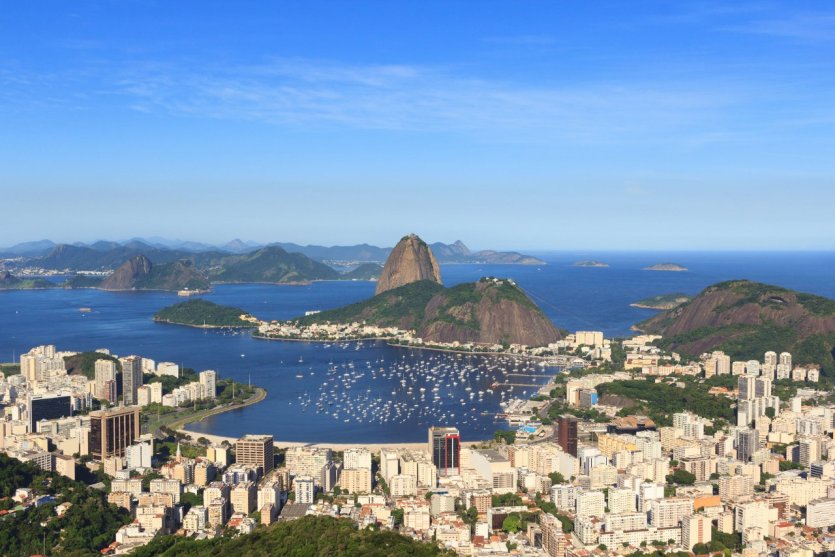
A sprawling metropolis, between the sea and the mountains, Rio de Janeiro is certainly one of the most beautiful natural and urban sites on the planet. From Carnival to the Olympic Games to the World Cup, we all have in mind the image of a festive and colorful city where every excuse is good to party... And it is not wrong! However, the cidade maravilhosa has much more to offer. Petit Futé presents the 10 must-sees of Rio de Janeiro.
The timeless carnival
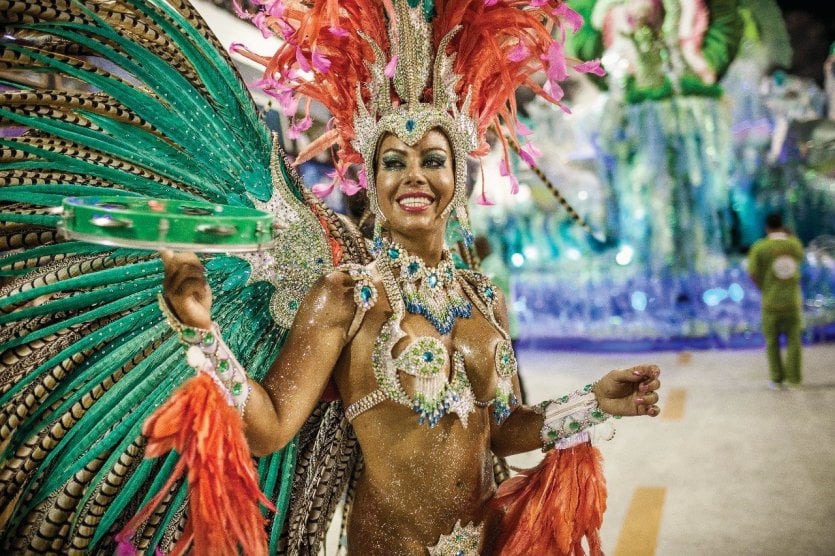
How can you think of Rio without mentioning its spectacular Carnival? It is certainly the favorite festival of all Brazilians and especially of the cariocas who gather in the streets to dance day and night. The whole city is ablaze with the sound of the mythical Samba de Janeiro! During 5 days, the biggest schools of samba parade to become "Queen of Carnival". The costumes worn by the baianas, all in feathers, rhinestones and sequins, are a sight to behold. This year, the Rio Carnival takes place between Friday, February 24 and Tuesday, February 28. If you have planned a Brazilian escapade at this period... we envy you!
The mythical Cristo Redentor
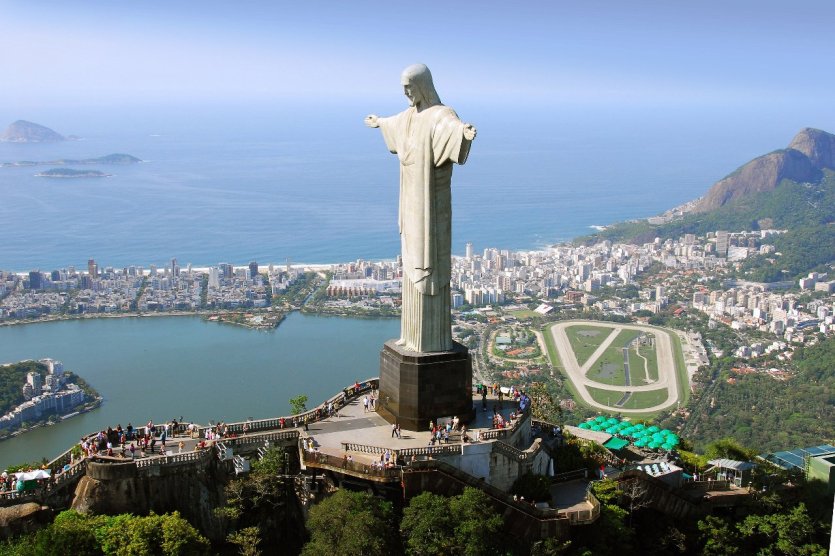
It is one of the symbols of the city. Perched on Corcovado Mountain, Christ the Redeemer stands 710 meters above Rio de Janeiro. Recognized as one of the New Seven Wonders of the New World, this colossal statue was designed by the French sculptor Paul Landowski. It was inaugurated on October 12, 1931, and took nine years of work to build the 38-meter high Christ. At the top, the view of Rio is spectacular. You can see the Sugar Loaf, the beaches of Copacabana andIpanema but also the whole city center.
The indestructible Pão de Açúbecause
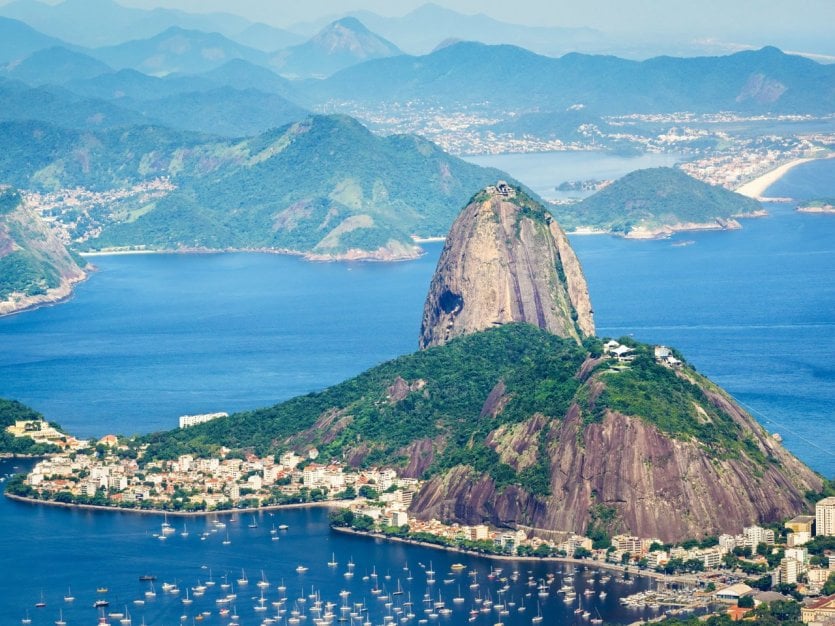
Located at the entrance of the Guanabara Bay, the " Sugar Loaf " is a walk not to be missed. With a height of 395 m, its summit is reached by two cable cars. This 500 million year old quartz block was renamed "pão de açucar" for its shape, which reminds us of the mold used to form sugar blocks. From the top, the panoramic view is impressive. In addition, unlike Christ the Redeemer, it is very rare that the panorama is disturbed by clouds.
The colorful "Escadaria Selarón "
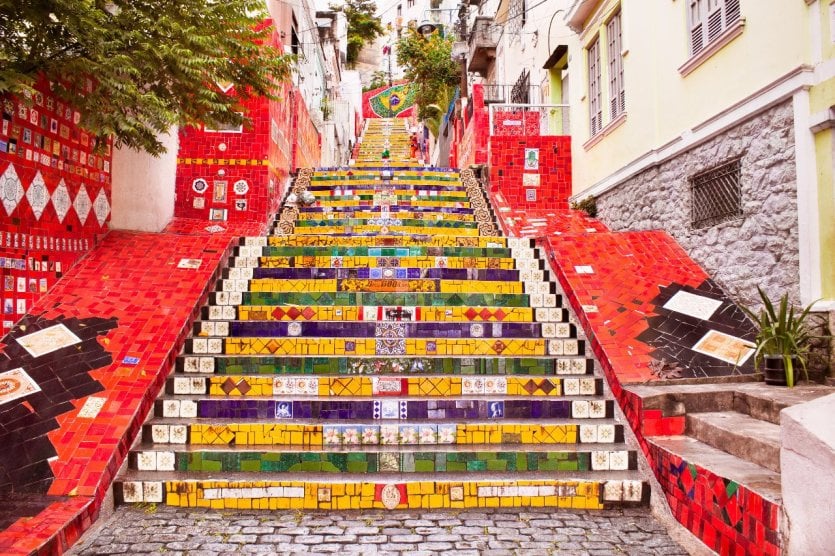
If Rio is full of works of art, there is one that is appreciated and known by all travelers: the Selarón staircase. In the 1990's, the eccentric Jorge Selarón decided to give a new life to the 250 steps at his doorstep. He gathered hundreds of pieces of ceramic from all over the world to create the gigantic colorful mosaic that we know today. In total, there are more than 2,000 tiles from about sixty different countries. At the top of the staircase, you will discover a brilliant mosaic of the Brazilian flag.
The sultry beach of Copacabana
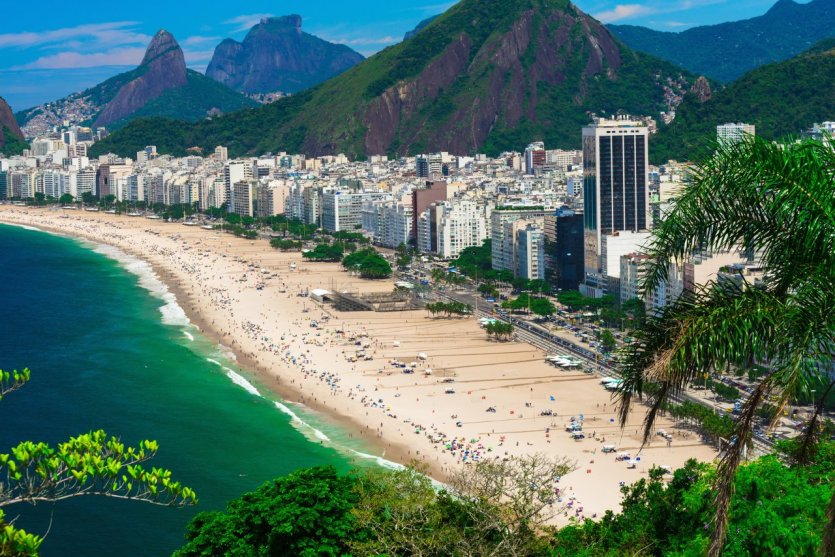
In the years 1980-1990, Copacabana was at the center of all the attentions. Trendy, sexy, this beach in the southern district of Rio de Janeiro was the place to be. Today, Copacabana has become mythical and quite chic, and is still one of the favorite walks of the Cariocas. On the seafront, the luxurious Copacabana Palace Hotel attracts celebrities from all over the world.
The chic beach of Ipanema
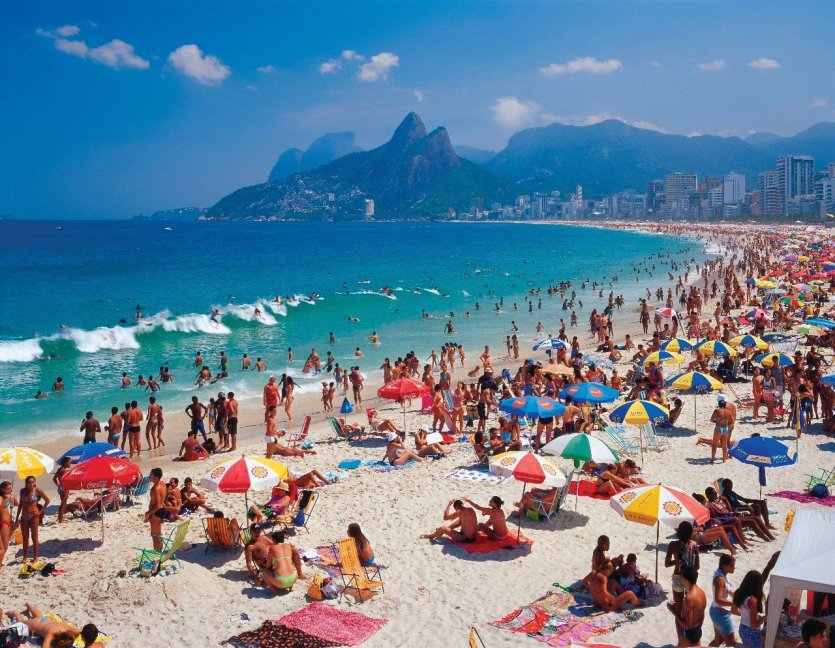
Right next to the famous Copacabana, is its little sister: Ipanema. Located in a chic and trendy neighborhood, this beach invites you to relax, with an acai ice cream in your hand. The many beachgoers will offer you to taste this succulent fruit that comes straight from the Amazon and is still very little sold in Europe. In the evening, at dusk, the show is striking. The sun sets between the twin mountains "Dois Irmãos" and leaves the bathers so enchanted that it is not rare that some applaud.
The lush floresta da Tijuca
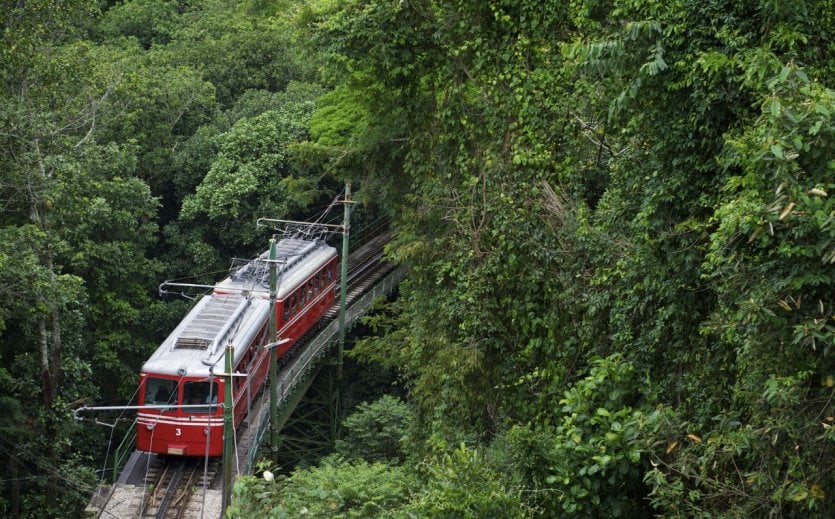
Rio de Janeiro is the only city in the world to have a tropical forest within its borders. The Tijuca Forest surrounds the city with its lush fauna. It plays a fundamental role in the life of the Cariocas: it reduces pollution, floods and is also the main source of water in the city. A walk in the forest will make you discover exceptional sites like the Cascatinha waterfall and especially a very rich fauna. It is not uncommon, indeed, to see toucans, sago monkeys or even howlers.
The festive neighborhood of Lapa
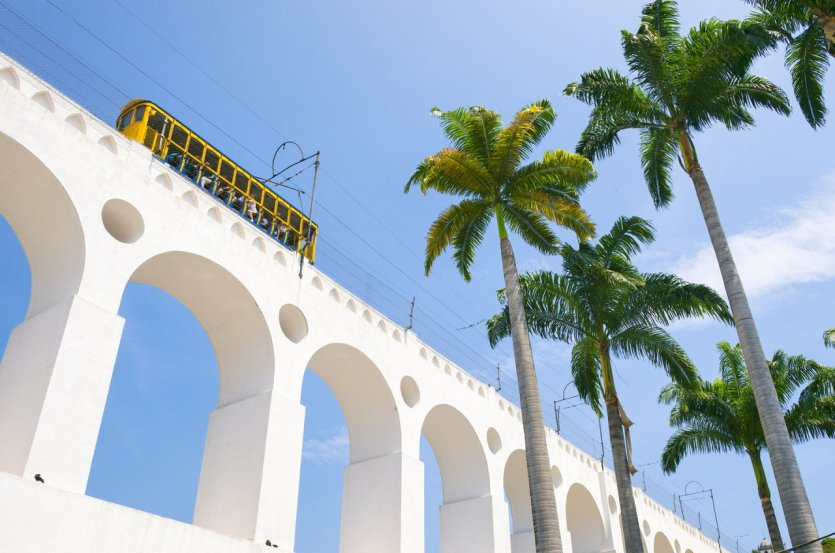
The Lapa neighborhood is certainly the most authentic in Rio. With its cobbled streets, its narrow houses and its aqueduct on which the picturesque carioca streetcar passes, it is the image of the Brazilian culture: alive and colorful. It is here that the nights are the craziest. Lapa is the center of the night life with bars and discotheques that are set on fire every weekend to the sound of the samba or the choro.
The unmissable monastery of São Bento Monastery
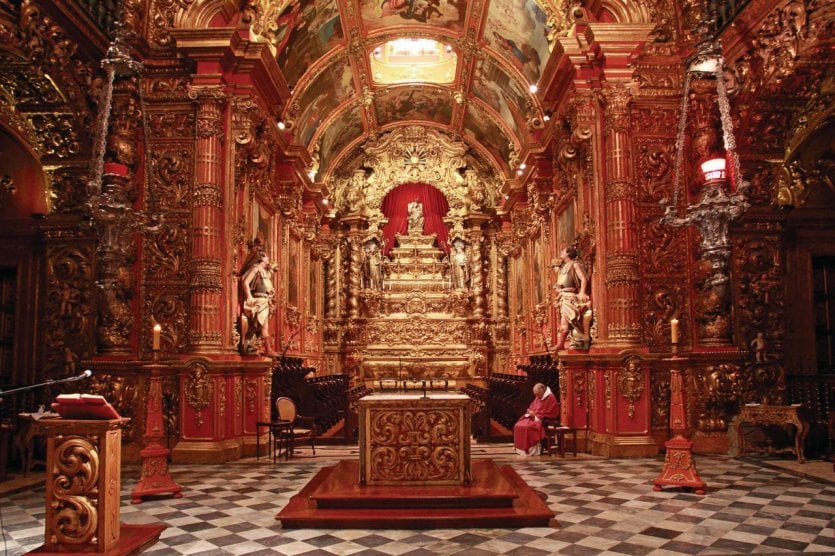
A major monument of colonial art in Rio de Janeiro, the monastery of Saint Benedict was founded in the 16th century by two lesser Benedictines. Behind its rather austere facade, there is an opulent interior, all in gold, populated with sculptures, each more sparkling than the next. Twice a day, at 7:15 am and at 6 pm, you can listen to the Benedictine monks of the monastery interpret Gregorian chants.
The impressive National Museum of Brazil
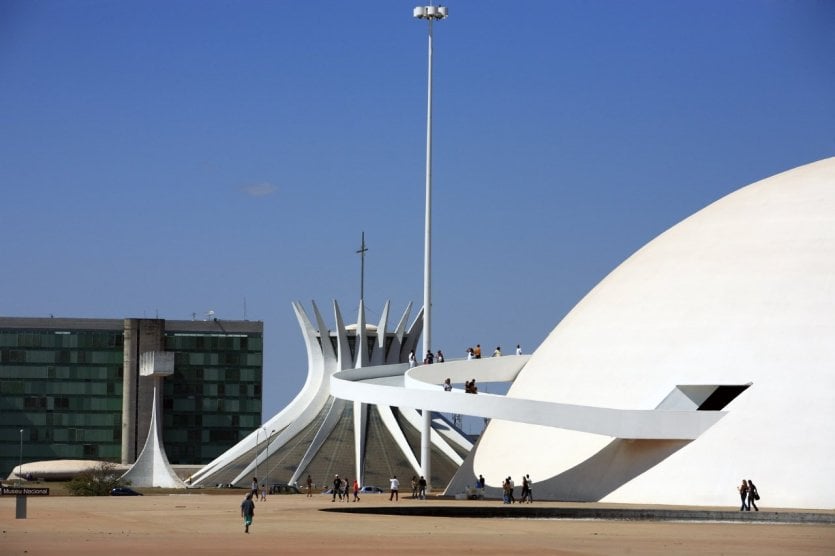
Administered by the Federal University of Rio de Janeiro, the National Museum of Brazil is also a research institute. It is located in the charming park of Quinta da Boa Vista. The collection that is presented there is one of the most important in America, you can see prehistoric skeletons, mummies, Egyptian tombs. But the highlight of the show is undoubtedly the meteorite of "Bendego", one of the largest ever discovered!


